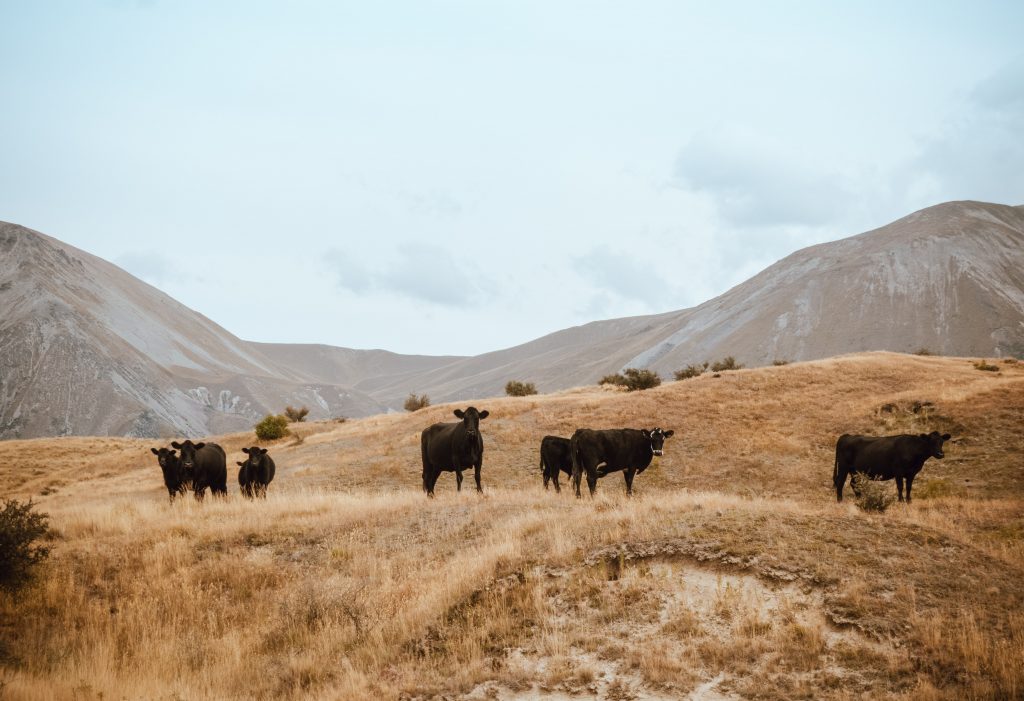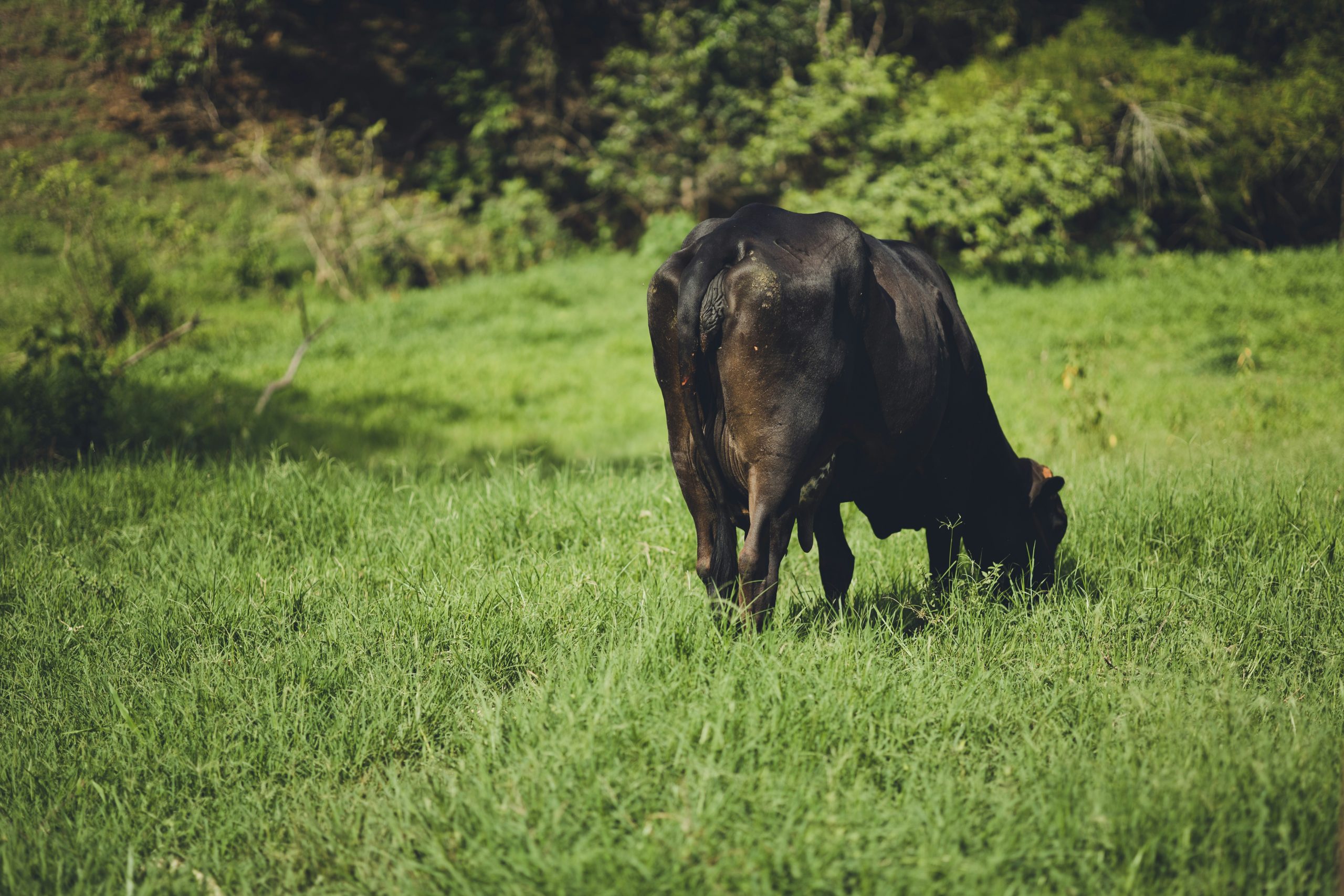You may be aware that unlike humans, cows have more than one stomach. In fact, cows have four stomachs in total. However, some people may view it as one stomach with four compartments. Cows are classed as ruminates, which are a group of mammals that have evolved in order to live off plants that are difficult to digest. Grass belongs to this group of plants.
The reason it is possible for cows to digest grass and other plants is because they are able to regurgitate and rechew their food. This allows the food to be broken down further and for more nutrients to be extracted and absorbed into their bodies.
Understanding the four stomachs?
Each stomach has a different name – rumen, reticulum, omasum and abomasum. Let’s look at the different functions of each.
Rumen – when a cow is grazing it is firstly swallowing the grass straight down without chewing it. The rumen is the first stomach and where the swallowed grass ends up. It will then be regurgitated, chewed and re-swallowed a few times. The rumen is the largest stomach with a volume of 150-200 liters.
Reticulum – this stomach compartment is where any foreign objects go. If the cow picks up anything it shouldn’t have while grazing it will go to the reticulum where stomach acids will break it down.

Omasum – this is where all the water and moisture from the cows’ food is absorbed. The omasum has been characterized as a large number of leaves which provides a large absorption surface. This surface also absorbs nutrients such as potassium and sodium.
Abomasum – this stomach compartment is the most similar to a human stomach. It is where the food is broken down by enzymes. These enzymes can digest protein and starch. In other words, anything that hasn’t been broken down earlier in the rumen will be broken down in this stomach.
As you can see cows have a very clever way of digesting their food in a way that allows them to get the most nutrients.
If you have any questions or queries please do not hesitate to send them onto us. You can contact us by phone on (530) 949-4241 or send us an email at txbargrassfed@gmail.com








